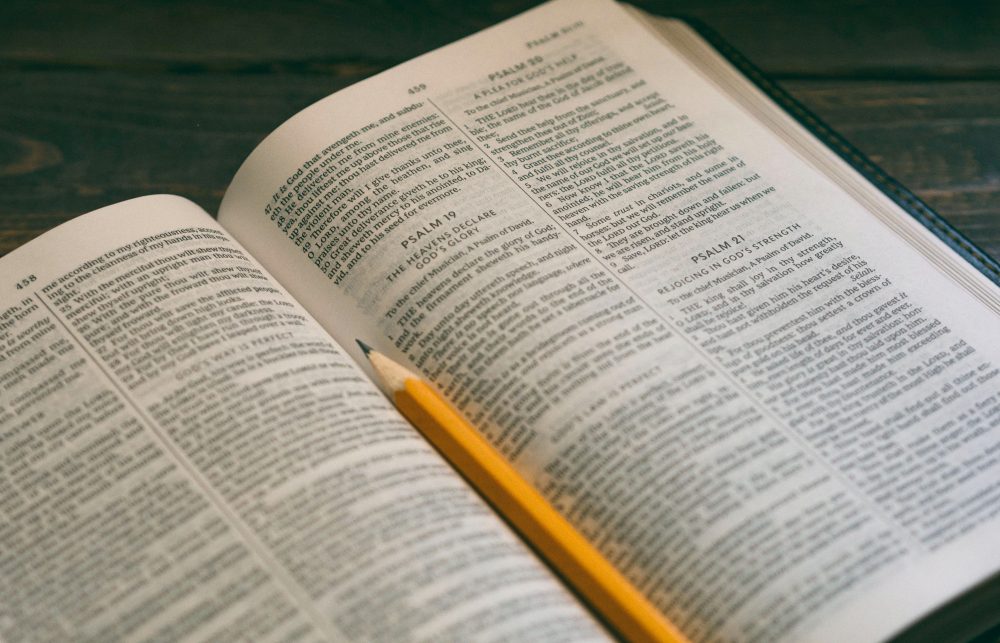As far as we know the designation “major prophets” is attributed to the time of Augustin who referred to the “the twelve prophets who are called minor from the brevity of their writings” and “those who are called greater prophets because they published larger volumes.” The ancient Jews divided their bible into three major sections: Law, Prophets, and Writings. The Prophets were divided into the Former and Latter Prophets. The Septuagint rearranged the order and gave rise to the current divisions in our English Bible.
The books of the Major Prophets include Isaiah, Jeremiah, Lamentations, Ezekiel, and Daniel. Their work spans a time period of approximately 200 years, from 735BC to 520 BC, and took place during the Assyrian, Babylonian, and Persian empires. Each one focuses its attention primarily upon the Southern Kingdom–Judah, and its road to Babylon.
Each book stands uniquely on its own in terms of author, time, style, and content. Yet, together, they make up a significant portion of the Biblical tapestry. Consider a very brief word of background material for each one.
Isaiah
His name means “Jehovah is salvation” and he has been described as “the prince of the prophets.” Smith summarized him as a theologian, reformer, statesman, historian, poet, orator, prince, and patriot.” Unlike his contemporary, Micah, who worked among the people, Isaiah was a “palace prophet.” He did his work under the administrations of Uzziah, Jotham, Ahaz, and Hezekiah (ca. 739-683 BC), where he surely rendered influence on the Kings and their policies.
A major concern in Isaiah’s time was Assyrian invasion which finally occurred in 701 B.C (cf. Isa. 36-37). Israel’s inclination was to trust in Egypt to help them repel the Assyrian hordes but Isaiah repeatedly reminded them that such faith was foolish because Jehovah was the only one in whom help would be found. The coming Babylonian invasion takes center stage in the latter portion of the book (chs. 38-66). Isaiah would not only explain why such would occur–idolatry, disobedience, etc.–but also the fact that there was hope for the future. Judah would return home and Messiah would come.
Jeremiah and Lamentations
Jeremiah, “The Weeping Prophet,” worked during the reigns of Josiah, Johoahaz, Jerhoiakim, Jehoiachin, and Zedekiah. In the approximately 100 year interval between the time of Isaiah and Jeremiah, Assyria reached its peak and was replaced by Babylon as the dominant power of the world. Jeremiah rose up to denounce the political, social, and spiritual wickedness of Judah and to warn them of Babylonian invasion which would occur in 606, 597, and 586 BC.
Jeremiah personally bore witness to the city’s destruction and was himself carried away into captivity. Lamentations records the poetic weeping of God’s man, distraught over the consequences of the sin of his people. Thus Jeremiah’s work consisted of both calling God’s people to repentance and preaching their national funeral when they refused to do so.
Ezekiel
His name means “God strengthens.” Ezekiel was a priest who was carried away to Babylon in the second deportation (597 BC) (cf. 2 Kings 24:14-15). He was a contemporary with Jeremiah, but while Jeremiah did his work in Jerusalem, Ezekiel did his among the exiled Israelites. There were essentially two parts to his ministry. First, he sought to defeat the idea among the people that the captivity would end quickly. But he also worked to promote within them a sense of hope in the fact that one day God would restore them back to their homes.
The book of Ezekiel is perhaps the most unique book in all of Scripture. His preaching was highly symbolic and certainly unorthodox. Yet it is rich in content.
Daniel
The name “Daniel” means “God is my judge.” Daniel was taken into Babylon in 606 BC and served God from the palace for more than 70 years. As a young man he served in the Babylonian court and as an older man he served the Persian kings.
The book of Daniel is quite different than the rest of the Major Prophetic works. It is composed of 2 halves, the first of which contains narratives of his time in Babylon and the second is made up of prophetic visions which mostly deal with events to transpire during the inter-testamental period. While Ezekiel worked among the people, Daniel worked in the palace, and in particular, reminded multiple Pagan kings that they weren’t in charge, really. Rather, “the Most High rules” (Dan. 4:25).
